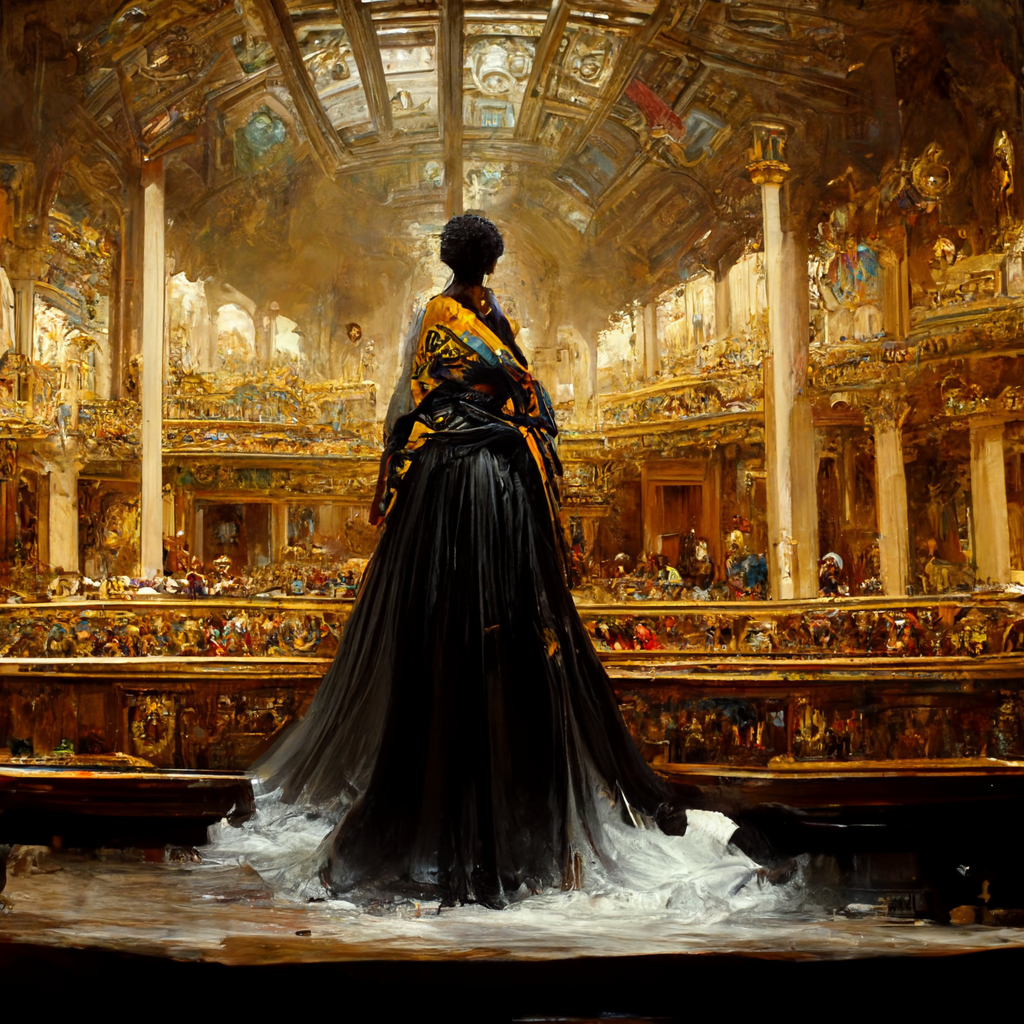01 Black & Beautiful
Across the texts of the Bible there is a wide variety of imagery helping us understand who God is and who we are in relation to God. Unfortunately we have almost totally claimed one set of images for God and ignored another. We take it for granted that whiteness/lightness equals goodness and Godliness and that blackness/darkness equals evil, danger and even death.
Q1: What stories, movies, paintings can you think of where darkness equals bad and light equals good? What examples can you think of where that dramatic alignment is reversed?
In Song of Solomon 1 we hear a character introducing us to the other set of images in the Bible where black is beautiful:
“I am black and beautiful,
O daughters of Jerusalem,
like the tents of Kedar,
like the curtains of Solomon.
Do not gaze at me because I am dark,
because the sun has gazed on me.”
Q2: In the love poem that is Song of Songs, the first speaker claims her beauty and her darkness. Who in your life has proudly claimed the same despite the gaze of world dominated by whiteness?
In the Motor City Hymns songs “Let Us Rise Into The Darkness” the lyrics ask those singing to see the world through the lens of “black and beautiful daughters of Jerusalem.” ( Listen at motorcitywesley.org/meetups/blackandbeautiful )
Q3: If you were singing those world how would you feel? What concerns or joys would a song like that bring for you?
In Christ we are invited to be a part of each other’s lives. We are called to build restorative relationships and communities of justice. Song of Solomon teaches us that dismantling racist ideas might start with recognizing our own beautiful creation.
ACTION: Say it out loud.
We invite you to start small. Find a mirror, look at your own reflection and say out loud, “I am black and beautiful, oh daughters of Jerusalem.” If this is an affirmation of the actual color of your skin then we rejoice in that! If this is a practice of seeing beauty through the lens of our black, indigenous, persons of color siblings, then we rejoice in that too!
Let’s claim this imagery as integral to our understanding of who God is, recognizing it wherever it appears across the Bible. And let’s practice celebrating this language as often as we see it!

